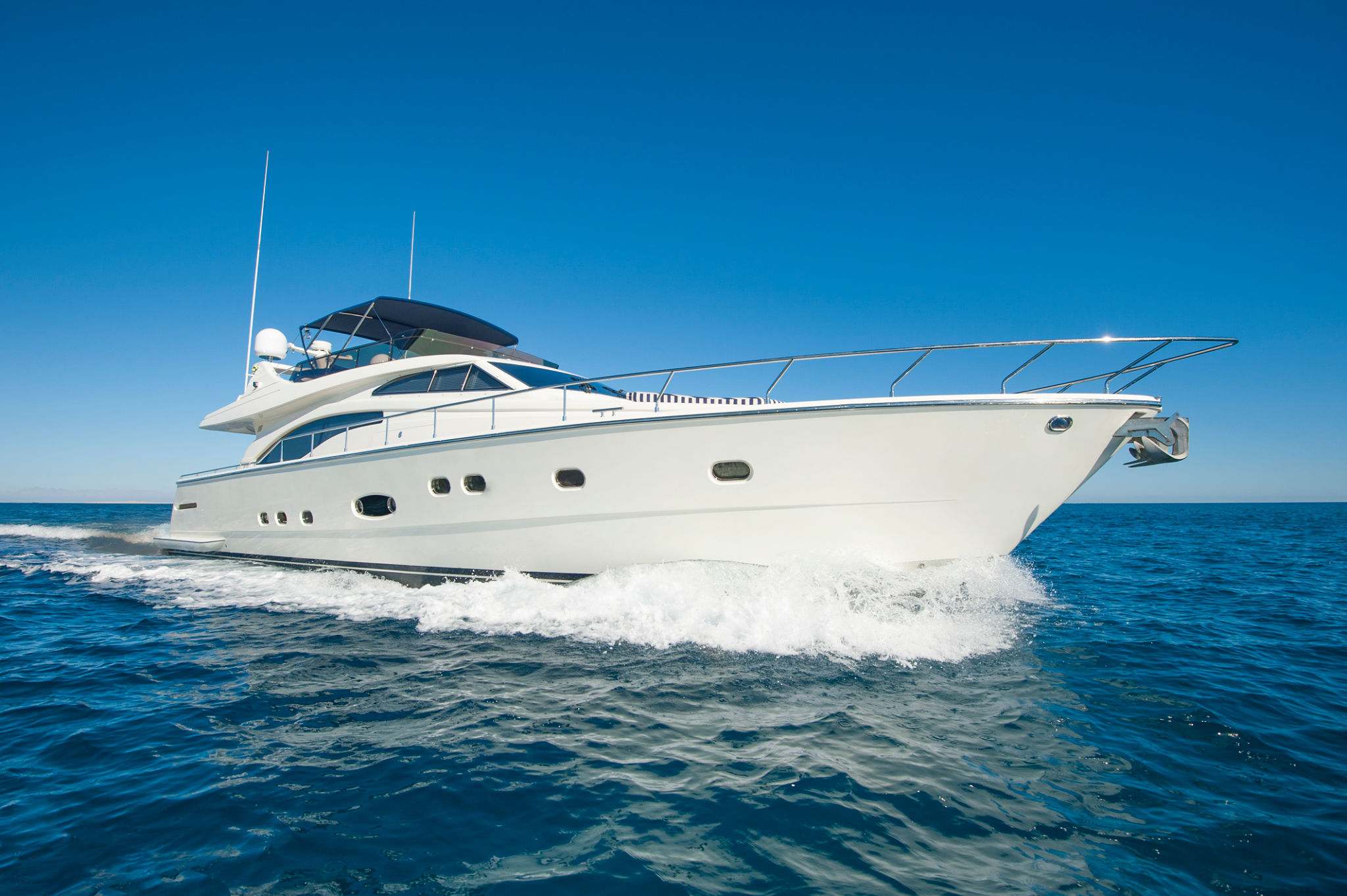Best Practices for Yacht Hull Paint Services in the Capital Regional District
Understanding the Importance of Hull Paint Services
Maintaining the hull of your yacht is crucial for both aesthetic and functional reasons. A well-painted hull not only enhances the visual appeal of your vessel but also plays a vital role in protecting it from environmental elements such as saltwater, UV rays, and marine organisms. In the Capital Regional District, where yachting is a popular activity, ensuring that your yacht’s hull is in top condition is essential for longevity and performance.

Choosing the Right Paint
Selecting the appropriate paint for your yacht's hull is a critical step. Not all paints are created equal, and different types are suited to different environments and materials. When choosing a paint, consider factors such as water type (salt or fresh), hull material (fiberglass, wood, or metal), and desired finish (glossy or matte). Consulting with a professional who understands the unique needs of yachts in the Capital Regional District can help you make an informed decision.
There are generally two types of paints commonly used for yacht hulls: Antifouling Paints and Topsides Paints. Antifouling paints are designed to prevent marine growth on the hull, while topsides paints are used above the waterline to provide a sleek finish.
Preparation: The Key to Success
Proper preparation is fundamental to ensuring the longevity and effectiveness of hull paint. This involves cleaning the hull thoroughly to remove any dirt, grime, or old paint. Sanding the surface to create a smooth, even base is also crucial. This step ensures that the new coat of paint adheres properly and lasts longer.

Application Techniques
Once preparation is complete, applying the paint with precision is the next step. It’s recommended to use a combination of rollers and brushes for an even coat, while spraying can be used for larger areas. Always follow the manufacturer’s instructions regarding drying times between coats and environmental conditions during application. Temperature and humidity can significantly impact the drying process and final finish.
Regular Maintenance and Upkeep
After painting, regular maintenance is key to preserving your yacht’s hull. This includes periodic cleaning and inspections to identify any signs of wear or damage. Touch-ups may be necessary to address chips or scratches that can occur over time. Implementing a consistent maintenance routine will help protect your investment and keep your yacht looking pristine.

Environmental Considerations
In the Capital Regional District, environmental regulations must be considered when selecting and applying hull paints. Many regions have specific guidelines to minimize the ecological impact of marine coatings. Opting for eco-friendly paints that comply with local regulations can help protect marine life and preserve the natural beauty of the area. It’s also advisable to dispose of any paint waste responsibly.
Choosing Professional Services
While some yacht owners may opt for DIY solutions, hiring professional hull paint services can offer numerous advantages. Professionals bring expertise, specialized equipment, and access to high-quality materials that can result in a superior finish and longer-lasting protection. When selecting a service provider in the Capital Regional District, consider their experience, reputation, and customer reviews to ensure you receive top-notch service.
In conclusion, following these best practices for yacht hull paint services can greatly enhance the durability and appearance of your vessel. By taking care of your yacht’s hull with precision and expertise, you ensure that it remains a source of pride and enjoyment on the waters of the Capital Regional District.